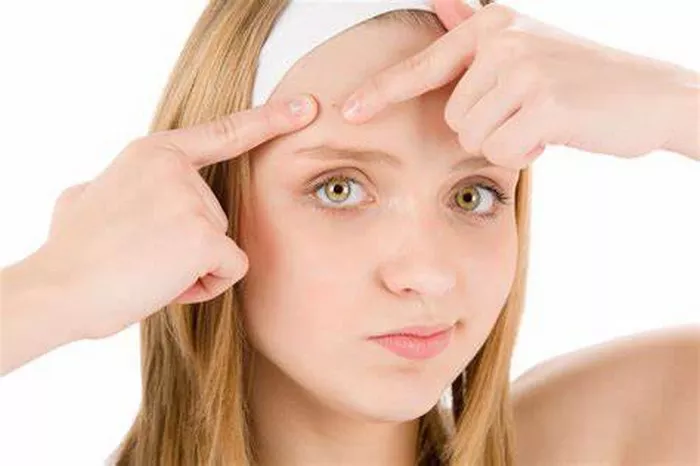Each year, thousands of adolescents across the United States turn to plastic surgery to address personal insecurities, a trend reflected in Utah, where local surgeons are seeing an increase in younger patients seeking procedures. From children teased for their “Dumbo” ears to young athletes recovering from injuries, such as a soccer player who broke her nose, many teens are looking to enhance their self-esteem through surgery.
Dr. Grant A. Fairbanks, a plastic surgeon based in South Jordan, has witnessed this phenomenon firsthand. “We can’t guarantee that our surgery will improve a child’s quality of life,” he told FOX 13 News, “but experience has shown us that we can make a positive difference.”
Despite Fairbanks’ positive outlook on the outcomes of surgery, experts express concern over the implications of this trend on young people’s mental health. Susan Madsen, executive director of the Utah Women & Leadership Project at Utah State University, highlighted alarming research indicating that girls as young as eight are already scrutinizing their bodies. “Can you imagine an eight-year-old worrying about their appearance?” Madsen questioned, noting that by age 13, many teens feel compelled to manipulate photos for social media.
While adolescent surgeries account for about 1% of all plastic procedures in the U.S., trends show nose jobs and breast augmentations remain the most requested among 13- to 19-year-olds. Data from the American Society of Plastic Surgeons indicates that less-invasive treatments like injections and fillers have surged by over 60% among teenagers since 2014.
Although specific data for Utah is limited, Madsen pointed to a concerning trend where parents gift breast augmentations to their daughters upon high school graduation. This reflects a mix of societal beauty standards, social media pressures, and parental influences, contributing to a challenging environment for Utah’s youth.
Madsen further emphasized the role of local culture in shaping adolescents’ perceptions of beauty. “When mothers discuss plastic surgery in front of their daughters, it can create a serious impact, making them feel inadequate and prompting thoughts of needing to change themselves at a young age,” she explained.
The American Society of Plastic Surgeons advises caution when evaluating adolescent candidates for surgery due to their emotional and physical maturity levels. Fairbanks echoed this sentiment, advocating for thorough assessments of patients’ goals and motivations. “There has to be informed consent, and the parents need to be involved,” he stated.
Research published in the Journal of the American Society of Plastic Surgeons suggests that certain procedures may be more suitable for teens, particularly rhinoplasty, which is often sought by those experiencing bullying due to nasal deformities. Surgeons typically wait until boys are 16-18 and girls are 15-16 to perform these surgeries, allowing for natural facial development.
Another common procedure, otoplasty, corrects protruding ears and can be performed on children as young as five. The decision often hinges on anticipated psychosocial impacts and the potential for bullying.
However, other surgeries, such as breast augmentations, remain contentious. The study advises against performing these on patients under 18 due to psychological and emotional maturity concerns. It also recommends waiting until age 18 for procedures like chemical peels, cosmetic lasers, and injectables.
Fairbanks noted that while he regularly performs otoplasties, he opted not to operate on the soccer player with a broken nose, citing her ongoing sports participation and potential growth concerns. In contrast, he decided to proceed with the breast augmentation for a 17-year-old patient after consulting her psychiatrist, who believed the procedure would benefit her mental health. The decision proved successful, as the patient’s self-esteem improved significantly.
As the trend of adolescent plastic surgery continues to rise, the conversation surrounding its implications on youth mental health and societal pressures remains crucial.
You Might Be Interested In:

